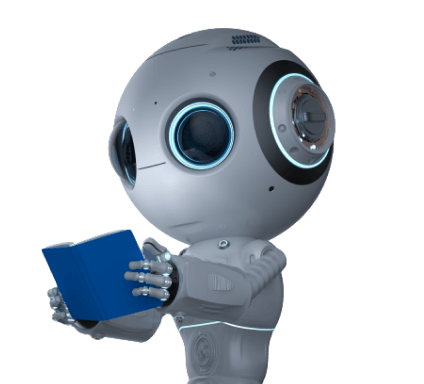Results for ""
Machine learning enables computers to imitate human behaviour by teaching them facts from the past. This article identifies several distinct machine learning techniques. It includes the Wake-sleep algorithm, Non-negative matrix factorization, and Leabra.
Wake-sleep algorithm
Wake-sleep is an unsupervised learning approach for a multilayer stochastic neural network. This algorithm modifies the parameters to generate an accurate density estimator.
There are two learning phases, "awake" and "sleep,". It is a model for brain function based on variational Bayesian learning. The researchers then developed the algorithm for machine learning. It is a method of Helmholtz Machine training. Moreover, it is also applicable to Deep Belief Networks (DBN).
The wake-sleep algorithm is a stack of layers containing data representations. Data from a layer below is in layers above it. Layers above the bottom layer increasingly grow more abstract as actual data is underneath it. There are recognition weights and generative weights between each pair of layers to increase accuracy while the algorithm runs. Furthermore, the wake-sleep method is insufficiently robust for the layers of the inference network to derive an accurate estimator of the posterior distribution of latent variables.
Non-negative matrix factorization
The non-negative matrix factorization (NMF or NNMF) is a class of algorithms. Here a matrix V is into (typically) two matrices, W and H, with the property that all three matrices have no negative elements. The resulting matrices are simpler to inspect because of this non-negativity. Additionally, non-negativity is a property of the data in applications like processing audio spectrograms or muscular activity. Furthermore, NMF is in various industries, including
- astronomy,
- bioinformatics,
- computer vision,
- document clustering,
- missing data imputation,
- chemometrics, and
- audio signal processing.
Current research on non-negative matrix factorization includes but is not limited to the following:
- Algorithmic: Searching for global minima and initialization of the factors.
- Scalability: how to factorize million-by-billion matrices, ubiquitous in Web-scale data mining; see, for example, Distributed Nonnegative Matrix Factorization (DNMF), Scalable Nonnegative Matrix Factorization (ScalableNMF), and Distributed Stochastic Singular Value Decomposition.
- Online: How to update the factorization when new data arrives without recomputation, e.g., visit the CNSC online
- Collective (joint) factorization: Numerous interdependent matrices for multiple-view learning, such as multi-view clustering.
- The problem posed by Cohen and Rothblum in 1993: if a rational matrix always has an NMF of the minimal inner dimension whose elements are also rational. Recent responses to this issue have been negative.
Leabra
Local, error-driven, and associative, biologically realistic algorithm (Leabra) is an equilibrium between Hebbian and error-driven learning, with additional network-derived properties. This mathematical model anticipates outcomes based on inputs and prior learning influences. This paradigm is by neural network designs and models, to which it also adds.
The Leabra framework is comparatively unique in its capacity to perform complicated computational tasks in the setting of this pervasive bidirectional connectivity, which is necessary for the biologically-based method of error-driven learning. Additionally, the Leabra framework's specific FFFB inhibitory function, which results in k-Winners-Take-All dynamics, is crucial for managing the dynamics brought on by the bidirectional connectivity and for the overall behaviour of the framework.
Furthermore, many components of the Leabra framework operate well together and, as we have already described, are compatible with the recognized biological characteristics of the neocortex. As a result, the Leabra framework offers a solid basis for the cognitive neuroscience models that we will examine in the following section of the text.
Image source: Unsplash






